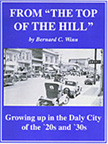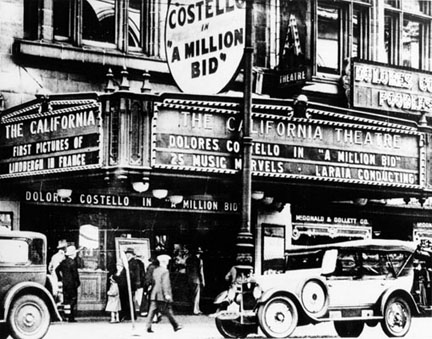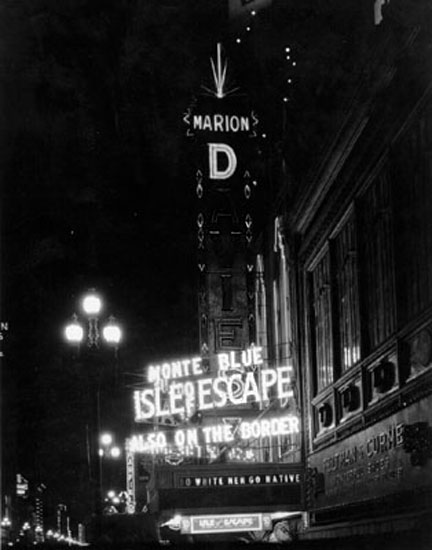
|
INCLINE PRESS 2 Townsend St., 2-213 San Francisco, CA 94107 (415) 284-0127 |
|||||||||||||||||
|
|
|||||||||||||||||
|
|
|||||||||||||||||
|
|||||||||||||||||
|
SAN FRANCISCO PHOTOS |
|||||||||||||||||
|
|
|||||||||||||||||
|
|
|||||||||||||||||
|
|||||||||||||||||
|
|
|||||||||||||||||
|
|||||||||||||||||
|
|
|||||||||||||||||
|
|||||||||||||||||
|
|
|||||||||||||||||
|
|||||||||||||||||
|
|
|||||||||||||||||
|
|||||||||||||||||
|
|
|||||||||||||||||
|
|||||||||||||||||
|
|
|||||||||||||||||
|
|||||||||||||||||
|
|
|||||||||||||||||
|
|||||||||||||||||
|
|
|||||||||||||||||
|
|||||||||||||||||
|
|
|||||||||||||||||
|
|||||||||||||||||
|
BOOKS |
|||||||||||||||||
|
|
|||||||||||||||||
|
|
|||||||||||||||||
|
|||||||||||||||||
|
|
|||||||||||||||||
|
|||||||||||||||||
|
|
|||||||||||||||||
|
|||||||||||||||||
|
|
|||||||||||||||||
|
|||||||||||||||||
|
|
|||||||||||||||||
|
|||||||||||||||||
|
|
|||||||||||||||||
|
|||||||||||||||||
|
|
|||||||||||||||||
|
|||||||||||||||||
|
|
|||||||||||||||||
|
|||||||||||||||||
|
|
|||||||||||||||||
|
|||||||||||||||||
|
|
|||||||||||||||||
|
|||||||||||||||||
|
|
|||||||||||||||||
|
|||||||||||||||||
|
|
|||||||||||||||||
|
|||||||||||||||||
|
|
|||||||||||||||||
|
|||||||||||||||||
|
NON-SAN FRANCISCO PHOTOS |
|||||||||||||||||
|
|
|||||||||||||||||
|
|
|||||||||||||||||
|
|||||||||||||||||
|
|
|||||||||||||||||
|
|||||||||||||||||
|
|
|||||||||||||||||
|
|||||||||||||||||
|
|
|||||||||||||||||
|
|||||||||||||||||
|
|
|||||||||||||||||
|
|||||||||||||||||
|
OTHER STUFF |
|||||||||||||||||
|
|
|||||||||||||||||
|
|
|||||||||||||||||
|
|||||||||||||||||
|
||||
|
|
||||
|
|
For those of you who are unfamiliar with San Francisco, Market Street is the city's main street. It starts at the Ferry Building, and runs for three and one-half miles in a southeasterly direction to the base of Twin Peaks. It has been the street that defined the term "Downtown" for San Franciscans since its founding. Market Street has lost much of it's glitter over the years, and it can be argued that the blame falls mainly on the invention of television. Before TV arrived on the scene, Market Street was lined with movie theaters that attracted movie goers from all over the Bay Area. Between Fourth Street and Tenth Street, nearly two dozen theater marques lit up the night sky with thousands of flashing neon lights. The crowds that gathered nightly on Market Street also enjoyed a large number and variety of restaurants along with a clean and safe environment. The photos in this section show most of the theaters that lined that six block section of Market Street before, during and, for awhile, after World War ll. They may not have all been there at the same time, nor for the entire time, but surprisingly, several are still there today — albiet in a different capacity. Several changed their names at least once, but very few, if any, movie theaters went out of business for lack of customers during that time. In the pre TV days, there were the first-run theaters (downtown), and the second-run theaters (mostly in the neighborhoods). If you wanted to see a movie as soon as it was released, you had to go to downtown. In the case of San Francisco, that would have been to one of the following theaters: The Fox, reportedly the most beautiful movie theater ever built; Loews Warfield — later the Fox Warfield; Granada — later the Paramount; Pantages — later the Orpheum; California — later the State; Vitaphone — later the Embassy; Strand; St. Francis; United Atrtist; Golden Gate; Also on Market Street were several second-run houses, including the following: The Cameo, later the Marion Davies — later the Esquire; Egyption — later the Guild and Center; Pompei — later the Regal; Silver Palace; Newsreel; and Telenews. Today there are only five theaters on Market Street. They include: The Golden Gate, built c1922 and for the past several years the home of the Best of Broadway stage productions: The Orpheum, built in c1926, which is also used only for stage productions; The Warfield, built in c1922 is primarily a music venue for rock comcerts or other special musical events. The Strand, built in c1925, shows only adult-movies; The St. Francis, built in 1917 as the original Strand Theater and, which until closed very recently, showed only adult-movies; The Market Street Cinema, build in c1927 as the Egyption Theater, which now shows adult-movies along with some live nude shows. So, while there are still several theater buildings on market Street from the 1920s, `30s, and `40s, there is not a single Genuine* movie theater on the entire length of Market Street today. * A movie theater suitable for the whole family.  The California Theater at the southeast corner of Fourth and Market,, was built in 1917 and was the furtherest down Market Street of all the first-run theaters. This photo was taken before a tall vertical California Theater sign was installed on the front of the building. The marque just beyond the California's at 774 Market, is that of the Portola Theater. Beyond the Portola, at 747 Market, was the Odeon, another second-run movie house. In 1927, the California Theater became the State Theater. The location is now home to a Ross clothing store.  This photo of the California Theater's marque was taken shortly before it became the State Theater. Note the mention of film of Lindbergh in Paris. The year was 1927.  This view, taken in 1947, shows the marque of the same theater under its new name. The Portola Theater is the one with the advertisement for the movie, Outlaw. In 1961, the State Theater was demolished to make room for the construction of a new building.  The Cameo was fourth in a list of six theaters to occupy 934 Market Street. It was in operation there from 1923 until c1929, when it became the Marion Davies Theater.  A few letters are not lighted on the Marion Davies Theater sign, but it can still be easily identified. Located at 934 Market, it opened in 1929 and closed in 1940, a short time after this photo was taken. It reopened as the Esquire Theater. If you have information or photos pertaining to the above, or any other San Francisco movie theaters, that you are willing to share, I would like to hear from you. Click here to send an Email
|
|
||
